Acrylic Painting on Canvas Team Bonding Art Jamming Singapore Visual Arts Centre
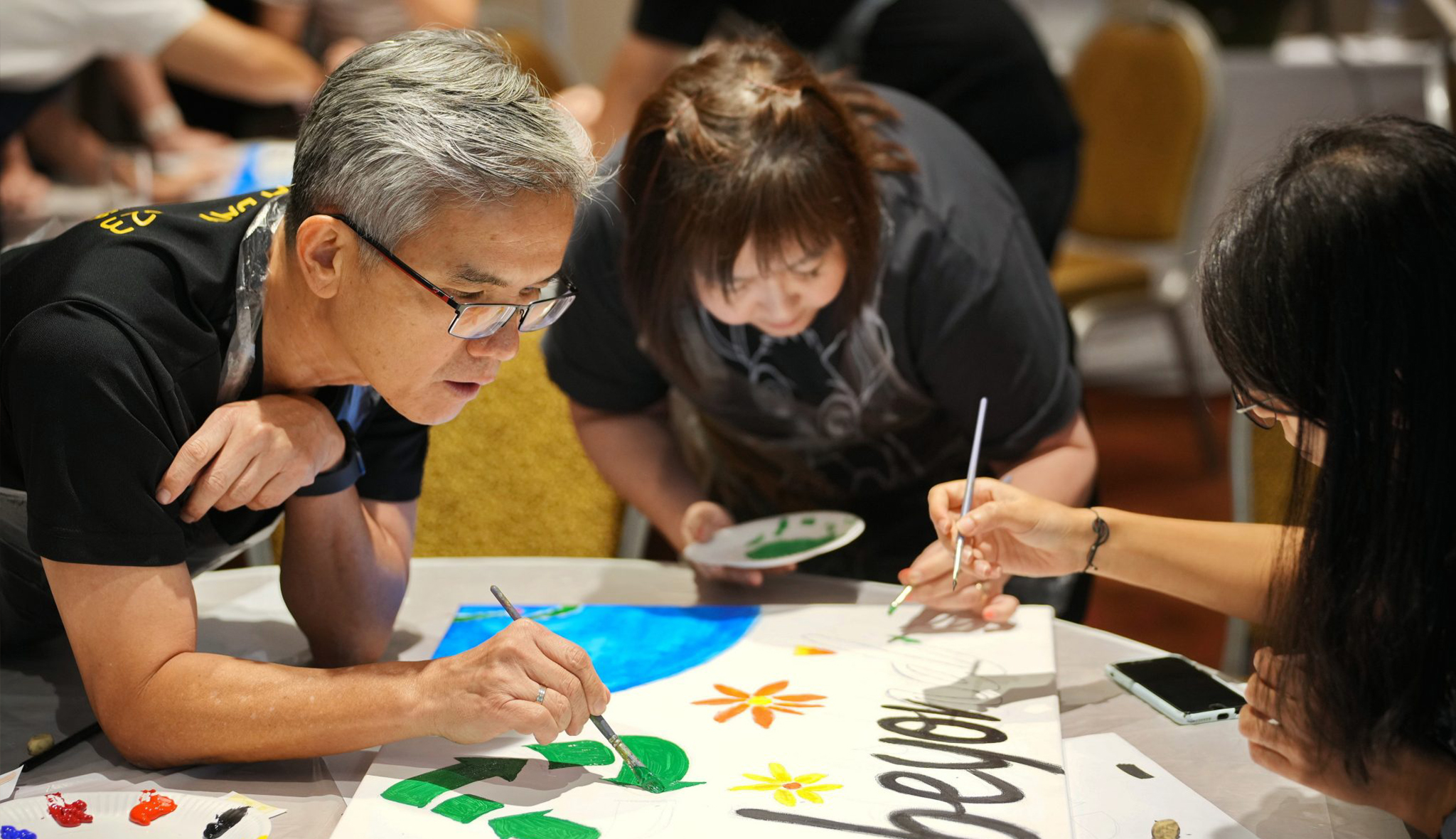
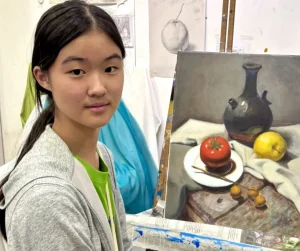






















Yeo Hoe Koon
Oil on Canvas
64 x 89.5 cm
Price Range: $16,000 - $20,000

Yeo Hoe Koon
Oil on Canvas
101 x 123 cm
Price Range: $26,000 - $32,000
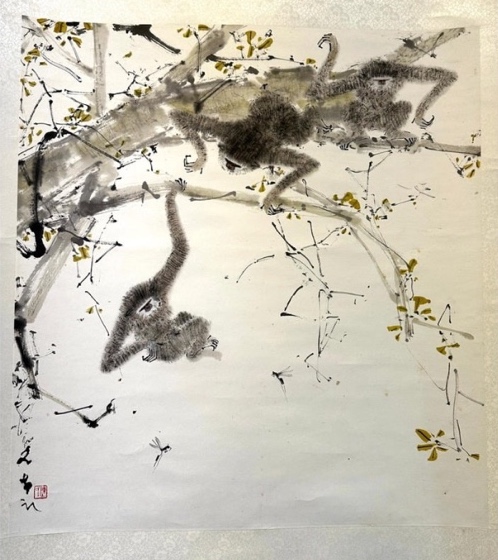
Chen Wen Hsi
Chinese Ink and Color on Paper
50 x 54cm
Price Range: SGD $42,000 - $50,000
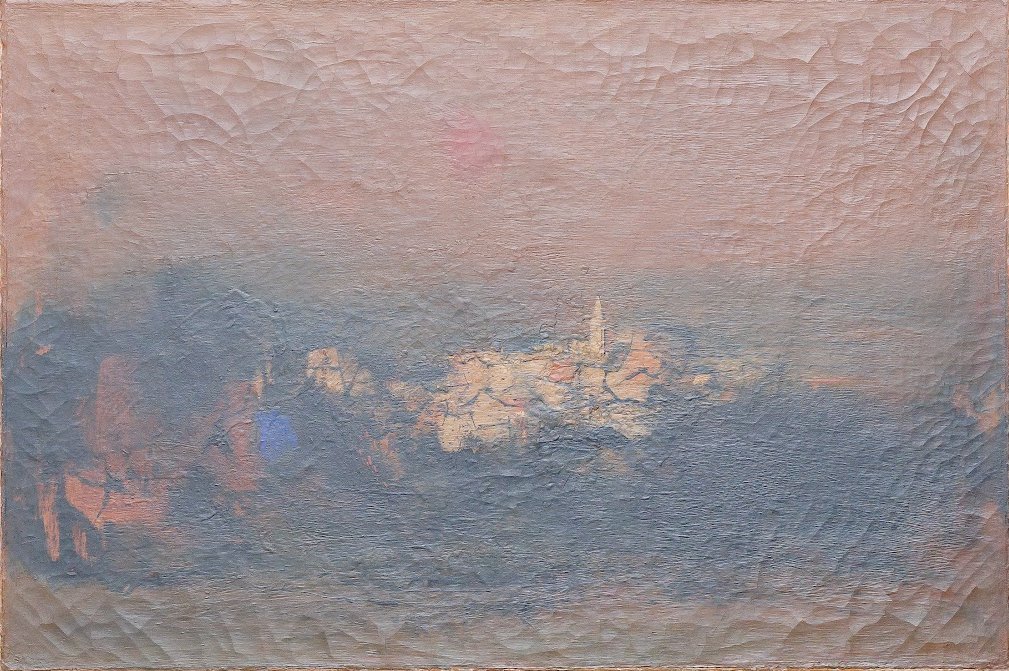
Cheong Soo Pieng
Red Tone
61 x 91.5cm
Price Range: SGD $108,000 - $138,000
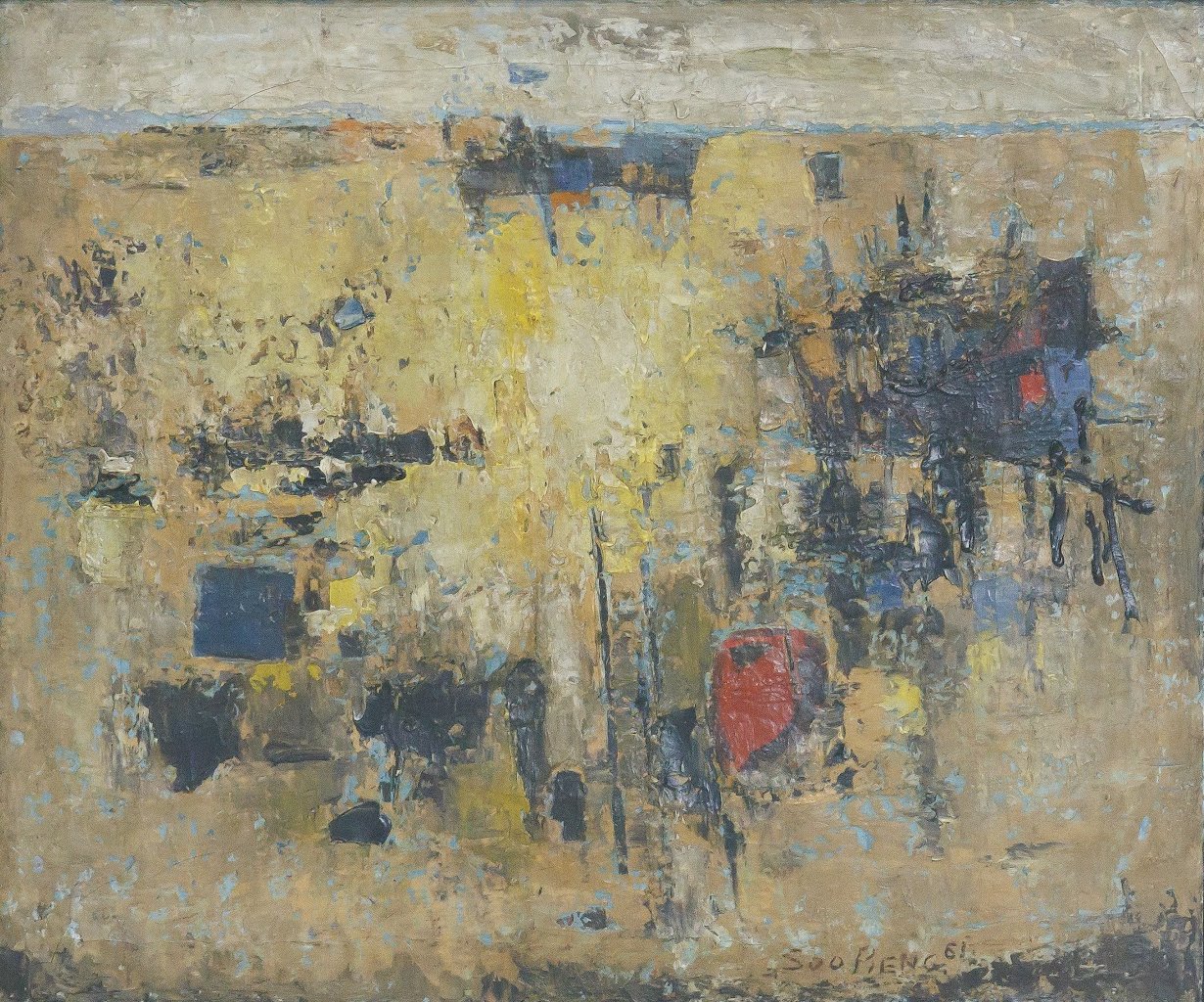
Cheong Soo Pieng
Abstract Landscape
50 x 61cm
Price Range: SGD $95,000 -$128,000
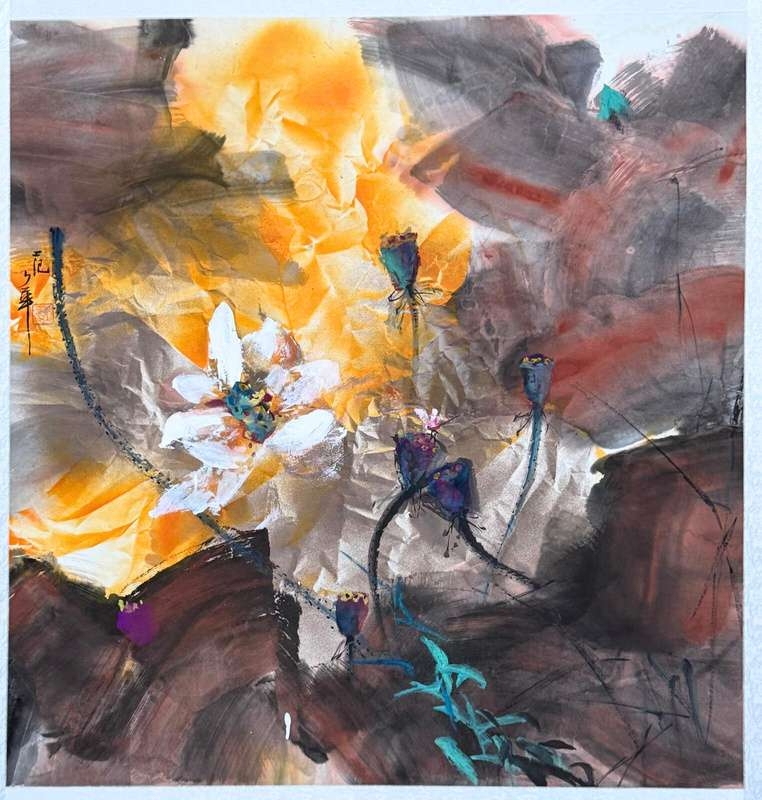
Fan Shao Hua
Chinese Ink and Colour on Paper
100 x 100cm
Price Range: SGD $9,800 - $14,800
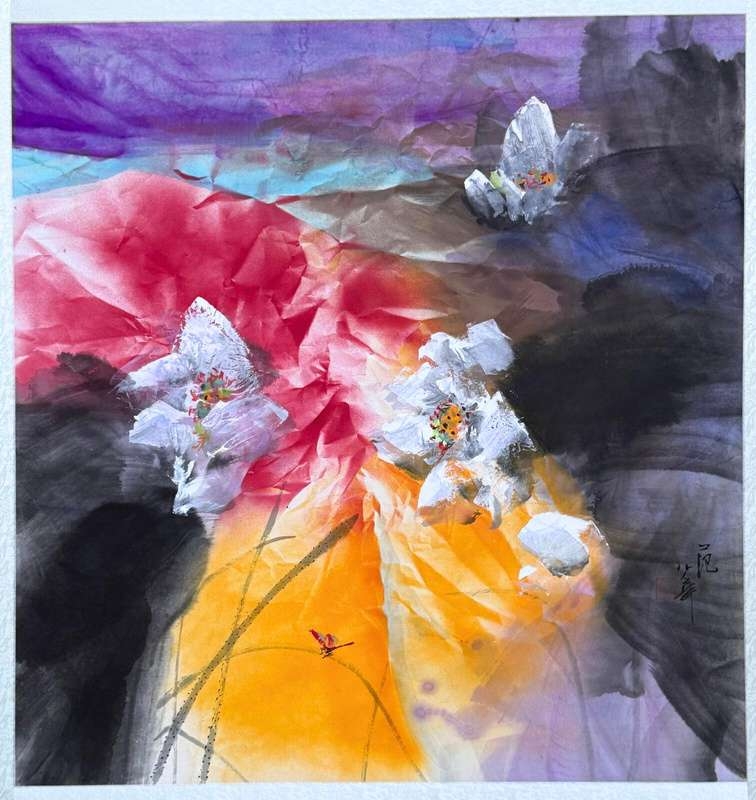
Fan Shao Hua
Chinese Ink and Colour on Paper
100 x 100cm
Price Range: SGD $8,800 - $13,800
数码绘画(Digital Painting)是一种利用计算机和专门的软件进行艺术创作的绘画形式。与传统绘画不同,数码绘画不需要纸、画布、颜料或笔刷,而是通过数位板、触控屏幕或鼠标等输入设备在计算机上进行绘制。以下是一些数码绘画的主要特点和工具:
数码绘画的工具



数码绘画的应用
数码绘画广泛应用于多个领域:




学习数码绘画需要掌握一系列技能和知识,包括艺术基础、软件操作和数码工具的使用。要想学好数码绘画,做出优秀作品,必须要有艺术基础。以下是学习数码绘画时需要重点关注的几个方面:


数码绘画软件


新加坡视觉艺术中心的专业数码绘画课程
专业数码绘画课面向7岁以上学生!
课程内容:1. 基本功训练:包括素描基础、色彩基础、人物动物绘画
2. 数码绘画技巧:软件运用、电脑硬件绘画、渲染效果气氛、效果呈现
|
|
|||||||||||||||||||||||||||||||||||||||||||||||||||||||


SAT |
10:30am - 12:45pm1pm - 3pm
|
SAT |
|
10:30am - 12:45pm1pm - 3pm
|
|



Address:
10 Penang Road, #01-02 Dhoby Ghaut Green,
Singapore 238469
Exit from Dhoby Ghaut MRT Station Exit B and turn left, we are there in 30m!

Address:
AZ@Paya Lebar, 140 Paya Lebar Road, #03-04,
Singapore 409105
Exit from Macpherson MRT Station Exit A and turn left, we are right across the road, 1 minute walk away!
Have any questions? Please drop us an enquiry form and we’ll respond to you as soon as we can!
"*" indicates required fields
Click and get to our WhatsApp
Embark on a captivating journey into the vibrant world of digital art! Our Foundation in Digital Art workshop invites budding creatives aged nine and above to unleash their imagination and hone their artistic skills in a dynamic, supportive environment. From mastering basic digital tools to crafting mesmerizing digital masterpieces, children will explore a spectrum of techniques guided by seasoned mentors. Through hands-on activities and interactive sessions, participants will discover the endless possibilities of digital expression while fostering creativity and critical thinking. Join us for an exhilarating adventure where young artists transform ideas into stunning visual realities, igniting a passion for digital art
In the Batik Introduction Handkerchief Painting workshop, participants will learn the traditional art of batik, a wax-resist dyeing technique originating from Indonesia. The workshop begins with a brief history and overview of batik, highlighting its cultural significance and various techniques. Participants will then observe a demonstration of applying wax with tjanting tools and dyeing the fabric. Following the demonstration, each participant will design and create their own batik handkerchief, applying wax to create patterns and then dyeing their fabric. The workshop concludes with a group discussion, allowing participants to share their creations and reflect on their learning experience.